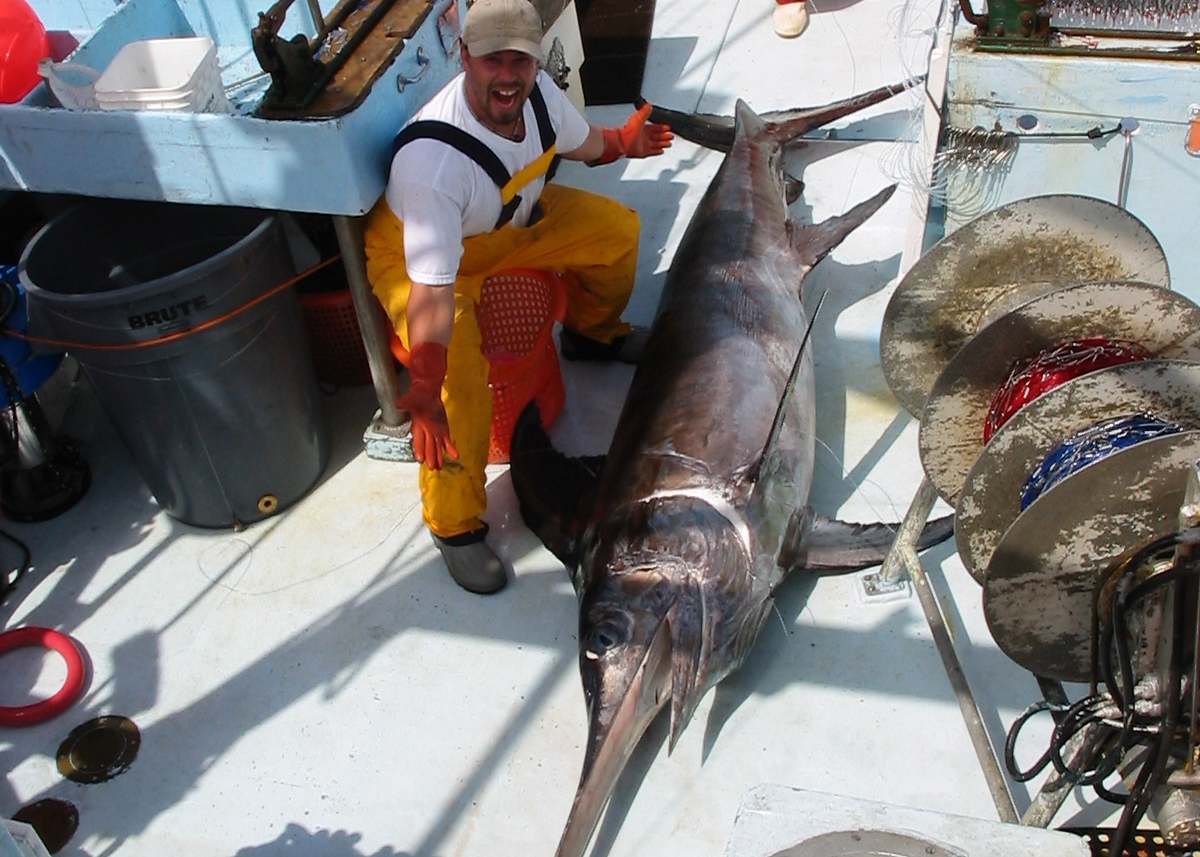West Coast swordfish stocks are on the upswing, but Homeland Security stipulations could mean fewer of them will be offloaded at docks in California.
According to a recent stock assessment report to the International Scientific Committee for Tuna and Tuna-Like Species in the North Pacific Ocean, in 2018, swordfish biomass increased from 51,000 metric tons in 1998 to an estimated 71,979 metric tons in 2016.
The U.S. fleet working the waters in the Western and North Central Pacific Ocean harvests but a fraction of what the fleet from Japan catches in a year. According to data from the stock assessment report, Japan’s average catch has hovered around 3,500 metric tons in recent years, and the U.S. harvest has come in at around half of the landings posted by fleets from China.
According to data from PacFIN, the harvest for the West Coast fleet, meanwhile, came in at 613.3 metric tons for 2018, which is down slightly from the 685.6 metric tons posted for 2017.
Most of the landings to hit San Francisco come from a transient fleet of about a dozen longliners who fish outside of the 200-mile EEZ and chase the fish in waters closer to Hawaii.
During the 2018 season, regulations that required armed guards aboard vessels with foreign crews drove deliveries elsewhere, according to Larry Collins, president of Crab Boat Owners Association and the San Francisco Fishing Association, in San Francisco.
“We had trouble with Homeland Security in San Francisco,” said Collins. “We had eight boats offloading, and they were getting them, too.” Collins added that the implementation of the armed guards will likely drive deliveries elsewhere.
“The next trip, six of them went over and delivered in Hawaii.”
Collins said that that the owners of the two boats continue to deliver live in San Francisco.
Average ex-vessel prices of $2.42 per pound in 2018 fell slightly from the $2.61 per pound that the fleet averaged in 2017. In terms of revenues, 2018 crunched out to $3.27 million while 2017 revenues added up to $3.95 million.
Studies differentiating bycatch (dolphins, sea turtles and other species) between drift gillnets and deep-set buoy gear continued last year. According to “A Review of the California Drift Gillnet Fishery,” released in July 2018 for the American Sportfishing Association, 6 percent of the fleet uses deep-set buoy gear, 26 percent of the fleet uses drift gillnets, 64 percent use longline gear and 4 percent use harpoons.







